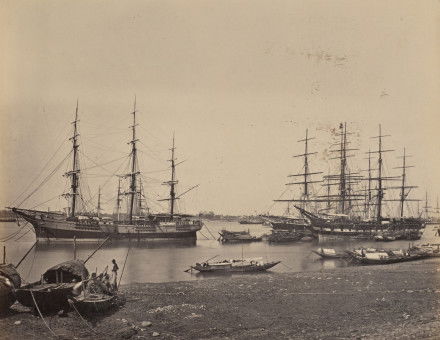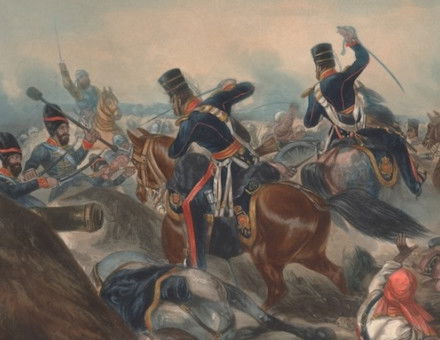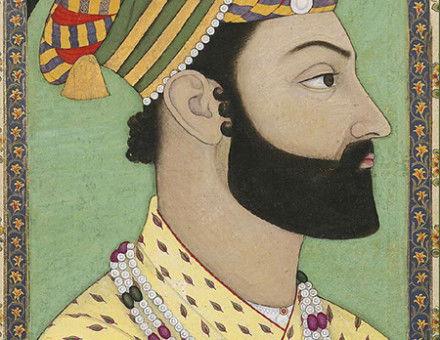Gandhi and the Viceroys
From the first British Viceroy whom he encountered Gandhi received a decoration; the last, ten years ago, sat beside his funeral pyre. During the stormy intervening period he came into contact, and often into conflict, with six others; Francis Watson describes how each relationship marked a different stage in the long historical process that culminated in 1947.





